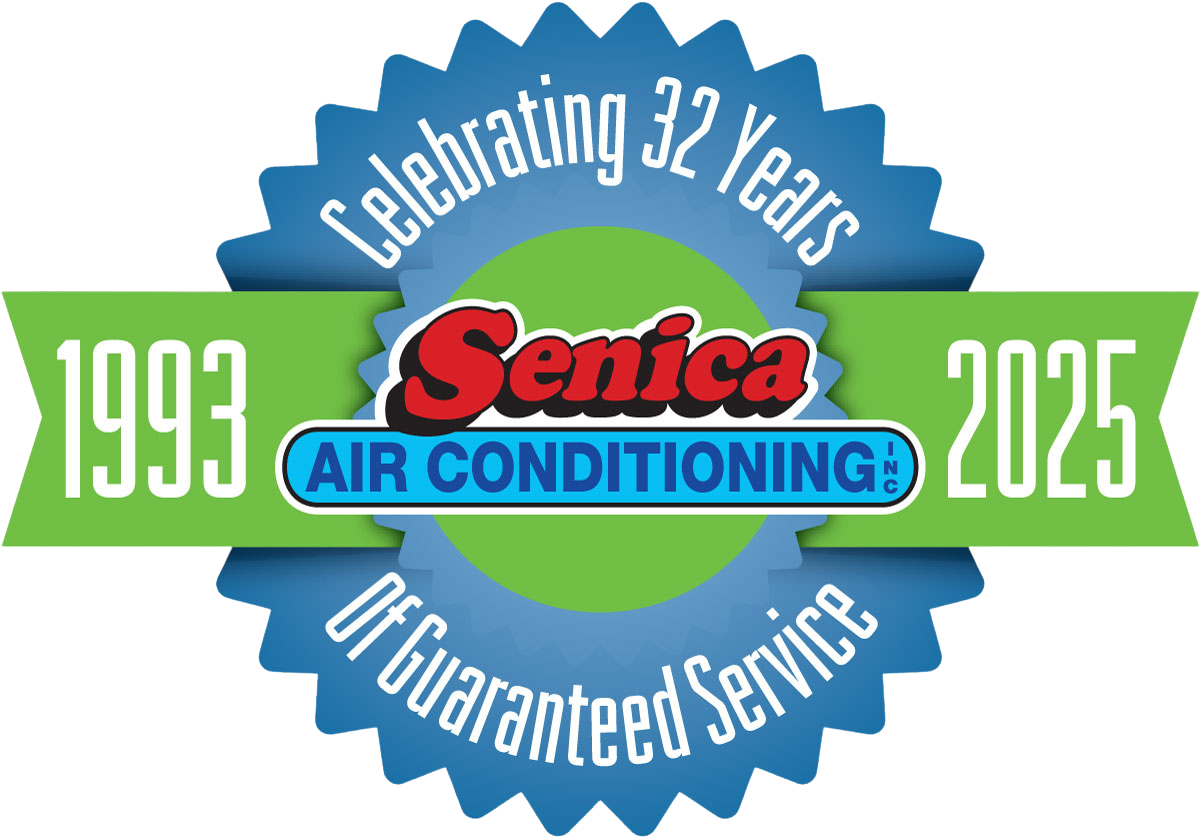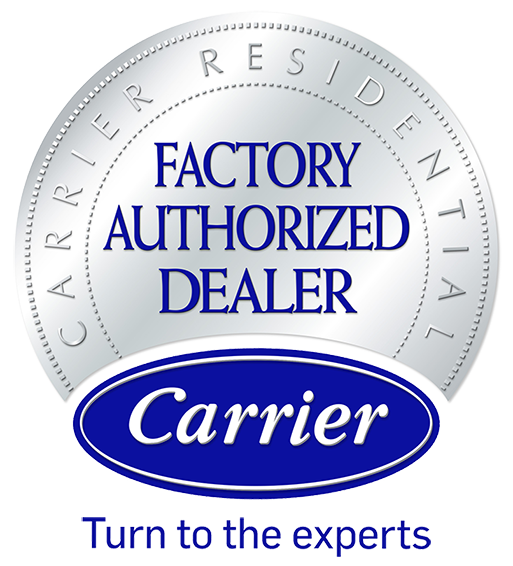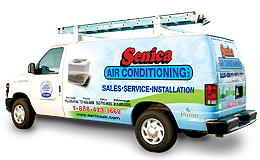On January 1, 2013, in an effort to avert the “fiscal cliff,” Congress celebrated the New Year by passing the American Taxpayer Relief Act of 2012. On January 2, President Obama signed the legislation, which extends the Section 25C tax credit for energy efficient air conditioning, heating, water heaters, and certain energy-related home improvements through the end of 2013. The bill also applies retroactively back to January 1, 2012, restoring the benefits homeowners who put qualifying equipment into service in 2012 lost when an earlier version of the tax credit expired at the end of 2011. This legislation should help lower the tax burden of many homeowners who opt to upgrade their current HVAC or other equipment to higher-efficiency models.
Eligibility
Homeowners who install qualifying energy-efficient technologies or components in their primary residences, which they own, may be eligible for the 25C tax credit, provided they have not already met the lifetime limit of $500, which dates back to the beginning of 2006. Existing homes may be eligible for this credit, but new construction will not.
If you shared the cost of qualifying property that serves both your and your neighbor’s primary residences, and you are otherwise eligible, you may each take a separate credit on your portion of the property’s cost. In this case, you may each calculate the lifetime limit on the amount you may claim separately.
If you co-own your home with someone who is not your spouse or if you and your spouse lived in separate primary residences during the applicable tax year, each of you may be eligible to take the credit, but you will have special instructions to follow when claiming it. These are clearly explained in the Instructions to IRS Tax Form 5695 [http://www.irs.gov/pub/irs-pdf/f5695.pdf], Residential Energy Credits, which you’ll be required to file to receive your credit. If you aren’t sure of your eligibility for the credit or need help claiming it, consult an accountant or other tax professional.
Qualifying Property Types
Qualifying property for the purpose of the Section 25C tax credit includes the following property types: Group 1: Eligible energy efficiency improvements, minus labor costs. Improvements must be unrelated to the construction of your main home and must use new components that are reasonably expected to last at least five years. These components include qualifying insulation, exterior doors, exterior windows or skylights, and qualifying metal or asphalt roofs. Group 2: Qualified energy efficient heating, cooling or water heating equipment, plus labor costs, for onsite assembly, preparation, and/or first-time installation. This property includes qualifying energy efficient air conditioning systems, heat pumps, furnaces, boilers, hot water heaters, biomass stoves and the primary circulating fan for your qualifying furnace.
Caps for Qualifying Property
- Group 1: You may claim up to 10% of the cost of this qualifying property, minus labor, with no cap, except as indicated below: Building insulation – No cap Exterior window/skylight – $200 Exterior door – No cap Metal or Asphalt roof – No cap
- Group 2: You may claim the entire cost of this qualifying property, plus labor, up to the caps listed below for each property type: Circulating fan for qualifying furnaces – $50 Natural gas, propane, or oil furnace or hot-water boiler – $150 Central air conditioner or electric heat pump – $300 Natural gas, propane, oil, or electric heat pump water heater – $300 Biomass stove using renewable plant-derived materials for home or water heating – $300 Note: Please keep in mind that the above capped and uncapped credits are still subject to the $500 lifetime limit for this credit.
Energy Efficiency Specifications for Qualifying Property
For the purpose of qualifying for the Section 25C tax credit, the property must meet certain minimum energy-efficiency requirements, as follows:
- 25C Tax Credit Qualifying Group 1 Insulation: 2009 IECC criteria Window/skylight: ENERGY STAR requirements Door: ENERGY STAR requirements Roof: ENERGY STAR requirements 25C Tax Credit –
- 25C Tax Credit Qualifying Group 2 Fan: Uses no more than 2% of total furnace energy use Furnace or boiler: AFUE rating not less than 95 Central air conditioner: Meets highest CEE efficiency tier as of 1/1/09: minimum 16 SEER and 14 EER Heat pump: Meets highest CEE efficiency tier as of 1/1/09: minimum15 SEER, 12.5 EER, 8.5 HSPF Water heater (gas/propane/oil): Minimum 2.0 energy factor Water heater (electric H.P.): Minimum .82 energy factor Stove: Minimum 75% thermal efficiency rating.
Keeping Tampa FL Comfortable for Less
At Senica Air Conditioning, Inc., we believe in helping our local communities in every way we can. Our goal has always been to provide dependable indoor comfort solutions and services while saving our customers money. That’s one reason we’re providing this complimentary guide, prepared especially for you. We hope the above information will help you better understand the Section 25C tax credit and how it can benefit you. Please feel free to contact us with any questions you may have about the HVAC equipment that may be eligible for this credit. If you are interested in taking advantage of the credit by upgrading to a higher-efficiency system, we’d be happy to help you determine which equipment would fit both your needs and the 25C criteria best.



